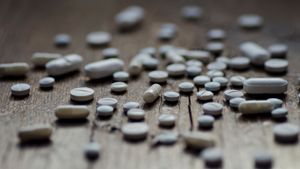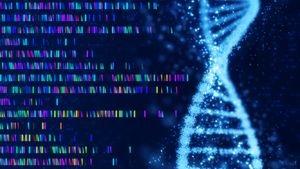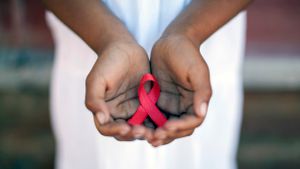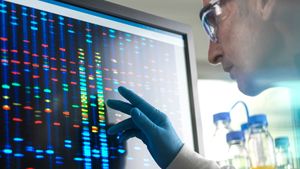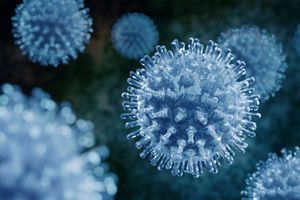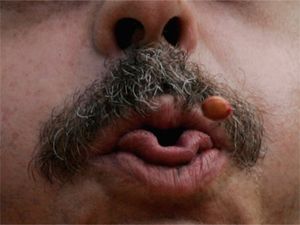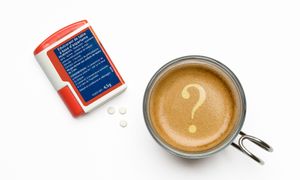Biotechnology
So what is biotechnology and genetic engineering? There are three major developments that act as the signature of biotech, with many more surprises coming down the road:
- Bacterial production of substances like human interferon, human insulin and human growth hormone. That is, simple bacteria like E. coli are manipulated to produce these chemicals so that they are easily harvested in vast quantities for use in medicine. Bacteria have also been modified to produce all sorts of other chemicals and enzymes.
- Modification of plants to change their response to the environment, disease or pesticides. For example, tomatoes can gain fungal resistance by adding chitinases to their genome. A chitinase breaks down chitin, which forms the cell wall of a fungus cell. The pesticide Roundup kills all plants, but crop plants can be modified by adding genes that leave the plants immune to Roundup.
- Identification of people by their DNA. An individual's DNA is unique, and various, fairly simple tests let DNA samples found at the scene of a crime be matched with the person who left it. This process has been greatly aided by the invention of the polymerase chain reaction (PCR) technique for taking a small sample of DNA and magnifying it millions of times over in a very short period of time.
To understand some of the techniques used in biotechnology, lets look at how bacteria have been modified to produce human insulin.
Advertisement
Insulin is a simple protein normally produced by the pancreas. In people with diabetes, the pancreas is damaged and cannot produce insulin. Since insulin is vital to the body's processing of glucose, this is a serious problem. Many diabetics, therefore, must inject insulin into their bodies daily. Prior to the 1980s, insulin for diabetics came from pigs and was very expensive.
To create insulin inexpensively, the gene that produces human insulin was added to the genes in a normal E. coli bacteria. Once the gene was in place, the normal cellular machinery produced it just like any other enzyme. By culturing large quantities of the modified bacteria and then killing and opening them, the insulin could be extracted, purified and used very inexpensively.
The trick, then, is in getting the new gene into the bacteria. The easiest way is to splice the gene into a plasmid -- a small ring of DNA that bacteria often pass to one another in a primitive form of sex. Scientists have developed very precise tools for cutting standard plasmids and splicing new genes into them. A sample of bacteria is then "infected" with the plasmid, and some of them take up the plasmid and incorporate the new gene into their DNA. To separate the infected from the uninfected, the plasmid also contains a gene giving the bacteria immunity to a certain antibiotic. By treating the sample with the antibiotic, all of the cells that did not take up the plasmid are killed. Now a new strain of insulin-producing E. coli bacteria can be cultured in bulk to create insulin.
For more information on cells, bacteria, enzymes and related topics, check out the links below.
Related HowStuffWorks Articles
More Great Links
E. coli and Disease
- E.coli Genome Project
- Mechanisms of Bacterial Pathogenicity - Good explanation of bacterial toxins
Cell Membranes
Antibiotics
- Overview of beta-Lactam Antibacterials
- How Penicillin Kills Bacteria
- Antibiotics, Bacteria and (usually not) Viruses
Books
- "The Thread of Life: The Story of Genes and Genetic Engineering," by Susan Aldridge
- "The Way Life Works," by Mahlon Hoagland, Bert Dodson
- "Biology Coloring Book," by Robert D. Griffin, Lawrence M. Elson
- "The Machinery of Life," by David S. Goodsell
- "Our Molecular Nature: The Body's Motors, Machines and Messages," by David S. Goodsell
- "Molecular Biology of the Cell," by Bruce Alberts, Dennis Bray, Julian Lewis, Martin Raff, James D. Watson, Keith Roberts
